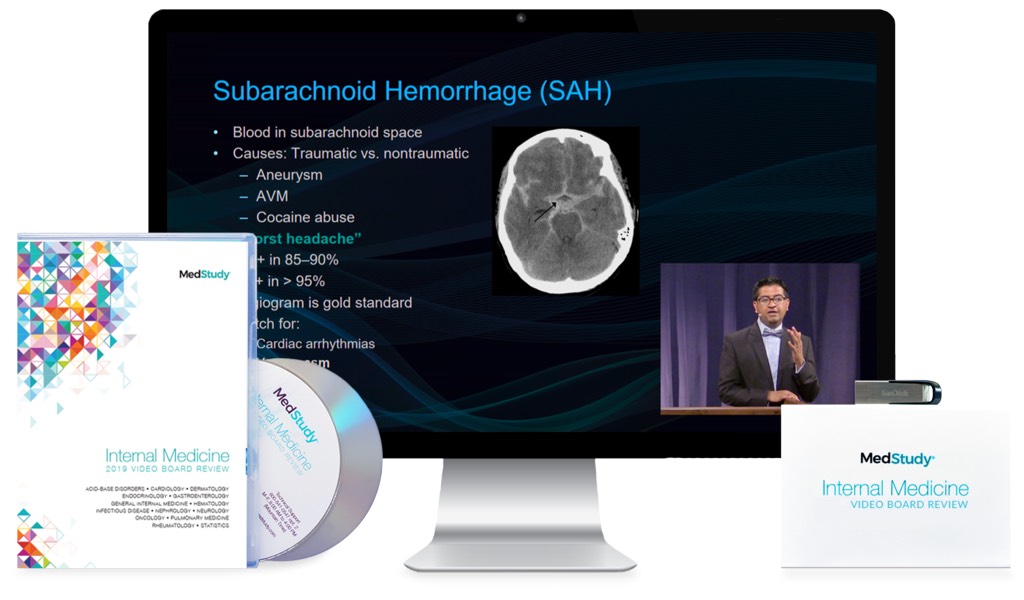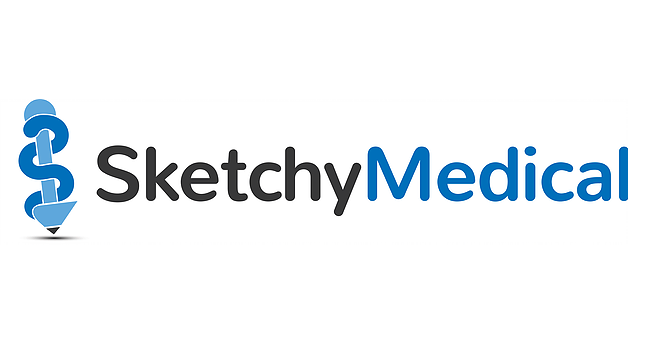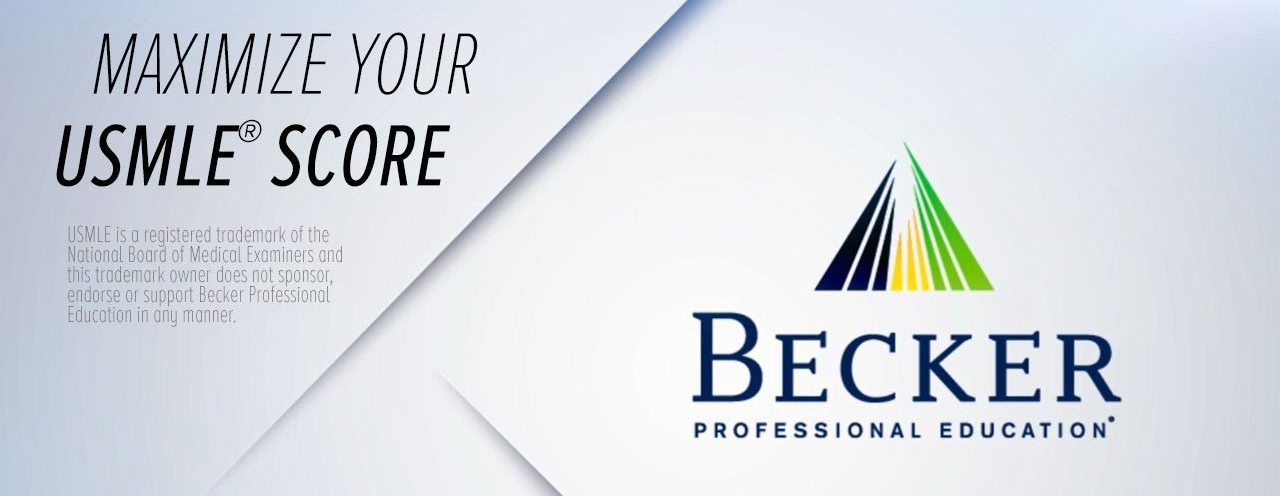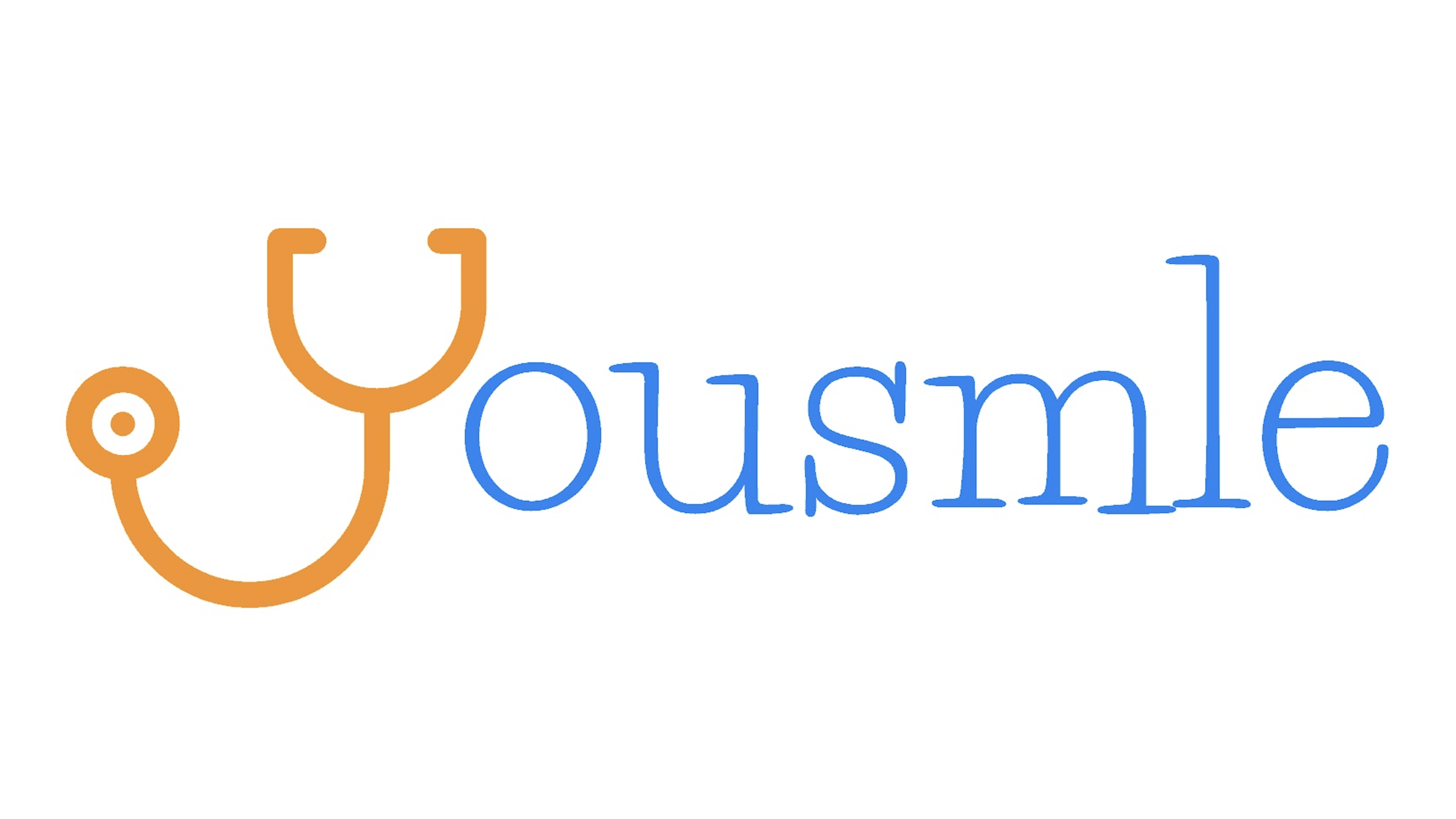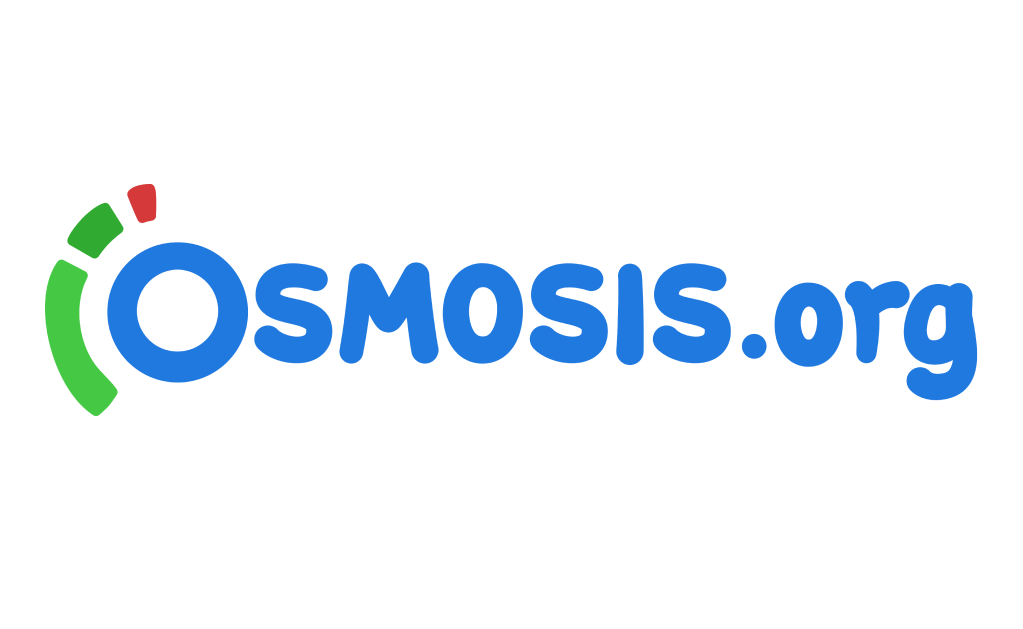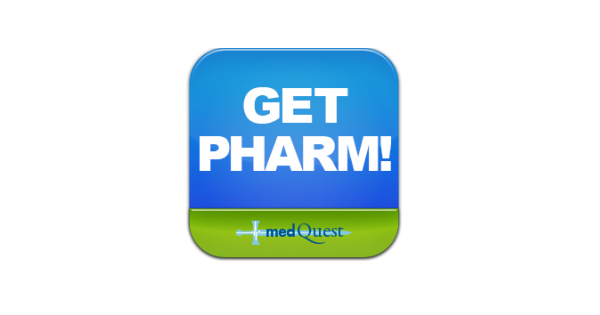BECKER STEP 1 GUIDEMD TOPICS
CHECK SAMPLES
1. Behavioral Science, Epidemiology, Biostatistics (10)
1
Chapter 1. Epidermiologys
2
Chapter 2. Biostatistics
3
Chapter 3. Human Development
4
Chapter 4. Human Sexxuality
5
Chapter 5. Defense Mechanisms
6
Chapter 6. Changing Patient Behavior
7
Chapter 7. Ethical and Legal Issues
8
Chapter 8. Normal Sleep and Sleep Disorders
9
Chapter 9. Substance Abuse
10
Chapter 10. Psychiatric Diagnoses and Related Treatments
2. Biochemstry – Lionel P. Raymon, PharmD, PhD (19)
1
Chapter 1. Enzyme Kinetics
2
Chapter 2. Signal Transduction
3
Chapter 3. Introduction to Metabolism
4
Chapter 4. Krebs Cycle (Tricarboxylic Acid Cycle)
5
Chapter 5. Electron Transport Chain
6
Chapter 6. Carbohydrate Digestion and Glycosis
7
Chapter 7. Pyruvate Metabolism
8
Chapter 8. Glycogen Synthesis and Fatty Acid Synthesis
9
Chapter 9. Lipid Digestion and Lipoprotein Metabolism
10
Chapter 10. Lipid Catabolism and Ketone Bodies
11
Chapter 11. Gluconeogenesis and Glycogenolysis
12
Chapter 12. Protein Digestion and Ammonia Detoxification
13
Chapter 13. Amino Acid Metabolism and Special Products
14
Chapter 14. Purines, Pyrimidines, and Nucleotides
15
Chapter 15. DNA Replication
16
Chapter 16. Gene Expression Transcription and Control
17
Chapter 17. Gene Expression Translation
18
Chapter 18. Molecular Technologies
19
Chapter 19. Recombinant DNA Technologies
3. Genetics – Lionel P. Raymon, PharmD, PhD (7)
1
Chapter 1. Mendelian Inheritance
2
Chapter 2. Chromosomes
3
Chapter 3. Mutations and Disease
4
Chapter 4. X-Inactivation and Epigenetics
5
Chapter 5. Genetic Testing and Gene Identification
6
Chapter 6. Population Genetics
7
Chapter 7. Genetics of Multifactorial Diseases
4. Gross Anatomy And Neuroscience – Jack Wilson, PhD (23)
1
Chapter 1. Early Human Development
2
Chapter 2. Week 1 Fertilization to Early Implantation
3
Chapter 3. Week 2 Bilaminar Disk and Implantation
4
Chapter 4. Week 3 Gastrulation
5
Chapter 5. The Back
6
Chapter 6. Autonomic Nervous System
7
Chapter 7. Thorax
8
Chapter 8. Abdomen
9
Chapter 9. Pelvis and Perineum
10
Chapter 10. Upper Limb
11
Chapter 11. Lower Limb
12
Chapter 12. Head and Neck
13
Chapter 13. Introduction and Embryology of The Nervous System
14
Chapter 14. Neurohistology
15
Chapter 15. Circulation of Cerebrospinal Fluid
16
Chapter 16. Spinal Cord
17
Chapter 17. Brainstem
18
Chapter 18. Cerebellum
19
Chapter 19. Basal Ganglia
20
Chapter 20. The Visual System
21
Chapter 21. Diencephalon
22
Chapter 22. Cerebral Cortex
23
Chapter 23. Limbic System
5. Immunology – Mary Ruebush, PhD (13)
1
Chapter 1. Overview of Immunity
2
Chapter 2. The Birth of the Immune Response
3
Chapter 3. Immunologic Surveillance Lymphocyte Recirculation
4
Chapter 4. The Battle Begins Acute Inflammation
5
Chapter 5. Processing and Presentation of Antigens
6
Chapter 6. Humoral Immunity
7
Chapter 7. Cell-Mediated Immunity
8
Chapter 8. Immunologic Memory
9
Chapter 9. Immunoprophylaxis and Immunotherapy
10
Chapter 10. Immunodeficiency Diseases
11
Chapter 11. Hypersensitivity and Autoimmunity
12
Chapter 12. Transplantation Immunology
13
Chapter 13. Uses of Immunology in Diagnostic Medicine
6. Microbiology – Mary Ruebush, PhD (6)
1
Chapter 1. Microbial Pathophysiology
2
Chapter 2. Bacterial Genetics and Drug Resistance
3
Chapter 3. Bacteriology
4
Chapter 4. Virology
5
Chapter 5. Mycology
6
Chapter 6. Parasitology
7. Pathology – Philip Tisdall, MD (24)
1
Chapter 1. Cell Injury, Adaption, and Death
2
Chapter 2. Inflammation and Repair
3
Chapter 3. Hemodynamics
4
Chapter 4. Neoplasia
5
Chapter 5. Heart Pathology
6
Chapter 6. Blood Vessels
7
Chapter 7. Red Blood Cells, and Bleeding Disorders
8
Chapter 8. Leukocyte Pathology
9
Chapter 9. Immunohematology
10
Chapter 10. Lung Pathology
11
Chapter 11. The Kidney and Lower Urinary Tract
12
Chapter 12. Gastrointestinal (GI) Pathology
13
Chapter 13. Liver, Gall Bladder, and Pancreas
14
Chapter 14. The Male Reproductive System
15
Chapter 15. Female Reproductive System, Placenta, and Breast
16
Chapter 16. Endocrine System Pathology
17
Chapter 17. Central Nervous System Pathology
18
Chapter 18. The Peripheral Nervous System and The Eye
19
Chapter 19. Connective Tissue Disorders
20
Chapter 20. Bone Pathology
21
Chapter 21. Joint Pathology
22
Chapter 22. Muscle Pathology
23
Chapter 23. Soft Tissue Pathology
24
Chapter 24. Skin
8. Pharmacology – Lionel P. Raymon, PharmD, PhD (50)
1
Chapter 1. Pharmacokinetics
2
Chapter 2. Pharmacodynamics
3
Chapter 3. Autonomic and Somatic Nervous System
4
Chapter 4. Cholinergic Pharmacology
5
Chapter 5. Adrenergic Pharmacology
6
Chapter 6. Antiarrhythmics
7
Chapter 7. Antihypertensives
8
Chapter 8. Drugs for Heart Failure
9
Chapter 9. Treatment of Ischemic Heart Disease (IHD)
10
Chapter 10. Antihyperlipidemics
11
Chapter 11. Diuretics
12
Chapter 12. Antiplatelet Drugs
13
Chapter 13. Anticoagulants
14
Chapter 14. Thrombolytics
15
Chapter 15. Sedative-Hypnotic Drugs
16
Chapter 16. Antiepileptic Drugs
17
Chapter 17. Anesthetic Drugs
18
Chapter 18. Central Analgesics Opioids
19
Chapter 19. Parkinson Disease Drugs
20
Chapter 20. Antipsychotic Drugs
21
Chapter 21. Antidepressant Drugs
22
Chapter 22. Drugs for mania and Bipolar Disorder
23
Chapter 23. CNS Stimulants
24
Chapter 24. Marijuana and Cannabinoids
25
Chapter 25. Antimicrobial Drugs (or Agents)
26
Chapter 26. Antibacterials Cell Wall Synthesis Inhibitors
27
Chapter 27. Antibacteials Protein Synthesis Inhibitors
28
Chapter 28. Antibacterials Nucleic Acid Synthesis Inhibitors
29
Chapter 29. Miscellaneous Antimicrobial Drugs
30
Chapter 30. Antibiotic Choice
31
Chapter 31. Antimicobacterials Drugs
32
Chapter 32. Antifungal Drugs
33
Chapter 33. Antiviral Drugs
34
Chapter 34. Antiparasitic Drugs
35
Chapter 35. Overview of Anticancer Drugs
36
Chapter 36. Anticancer Drugs
37
Chapter 37. Overview of the Endocrine System
38
Chapter 38. Sex Steroids
39
Chapter 39. Adrenalcortical Steroids
40
Chapter 40. Diabetes Therapy
41
Chapter 41. Thyroid Disorder Therapy
42
Chapter 42. Drugs Affecting Calcium and Bone Structure
43
Chapter 43. Eicosandoids, NSAIDs, and Acetaminophen
44
Chapter 44. Histamine and H2 Antagonists
45
Chapter 45. Therapies for gastroesophageal Reflux and Peptic Ulcer Disease
46
Chapter 46. Serotonin Pharmacology
47
Chapter 47. Asthma and COPD Treatments
48
Chapter 48. Therapies for Gout
49
Chapter 49. Disease-Modifying Antirheumatic Drugs
50
Chapter 50. Immunosuppressants (Anti-rejection Drugs)
9. Physiology – Robert B. Dunn, PhD (38)
1
Chapter 1. Body Fluids and Cells
2
Chapter 2. Membrane Transport
3
Chapter 3. Membrane Potenial
4
Chapter 4. The Neuron Action Potenial
5
Chapter 5. Synaptic Transmission
6
Chapter 6. Cardiac Electrophysiology
7
Chapter 7. The Muscle Cell
8
Chapter 8. Excitation-Contraction Coupling
9
Chapter 9. Skeletal Muscle Mechanics
10
Chapter 10. Cardiac Muscle
11
Chapter 11. General Aspects of the Circulation
12
Chapter 12. Regulation of Systemic Blood Flow
13
Chapter 13. Cardiac Cycle and Heart Sounds
14
Chapter 14. Pathophysiology of the Cardiac Cycle
15
Chapter 15. Heart Failure
16
Chapter 16. Anatomy
17
Chapter 17. Lung Volumes and Capacities
18
Chapter 18. Air Flow
19
Chapter 19. Lung Mechanics
20
Chapter 20. Gas Exchange in the Lung
21
Chapter 21. Oxygen and Carbon Dioxide Transport
22
Chapter 22. Five Major Causes of Hypoxemia
23
Chapter 23. Renal Physiology
24
Chapter 24. Glomerular Filtration
25
Chapter 25. Renal Function and the Concept of Clearance
26
Chapter 26. Dynamics of Renal Transport Reabsorption and Secretion
27
Chapter 27. Regional Transport Along the Nephron
28
Chapter 28. Introduction
29
Chapter 29. Structure of the GI Tract
30
Chapter 30. Introduction to Endocrinology
31
Chapter 31. Pancreatic Hormones
32
Chapter 32. Anterior Pituitary
33
Chapter 33. Posterior Pituitary
34
Chapter 34. The Adrenal Glands
35
Chapter 35. Calcium and Phosphate Homeostasis
36
Chapter 36. Thyroid
37
Chapter 37. The Male Reproductive System
38
Chapter 38. The Female Reproductive System
10. Lecture Notes (8)
1
Behavioral Science, Epidemiology and Biostatistics
2
Biochemistry and Genetics
3
Anatomy
4
Immunology and Microbiology
5
Pathology
6
Pharmacology
7
Physiology
8
Study Guide

